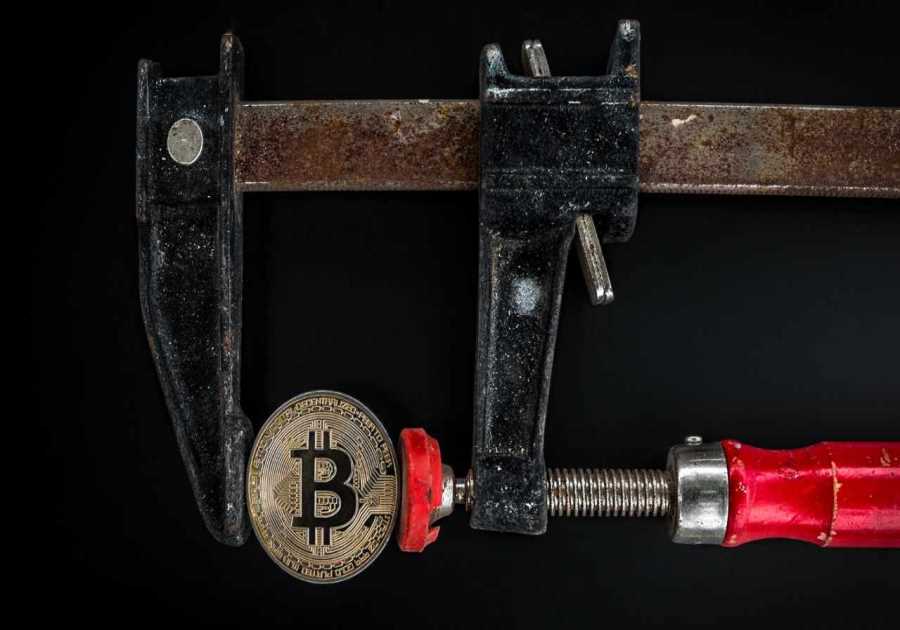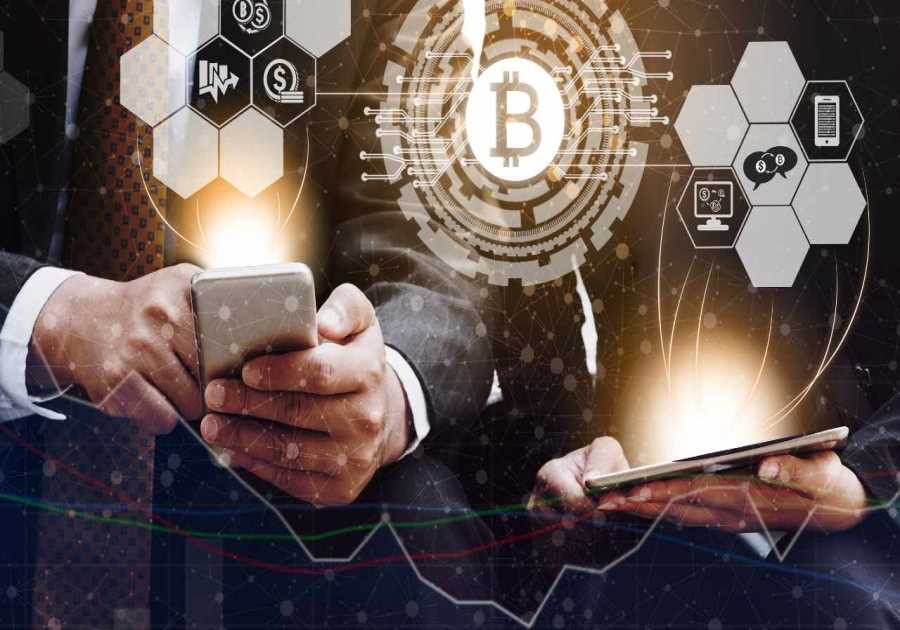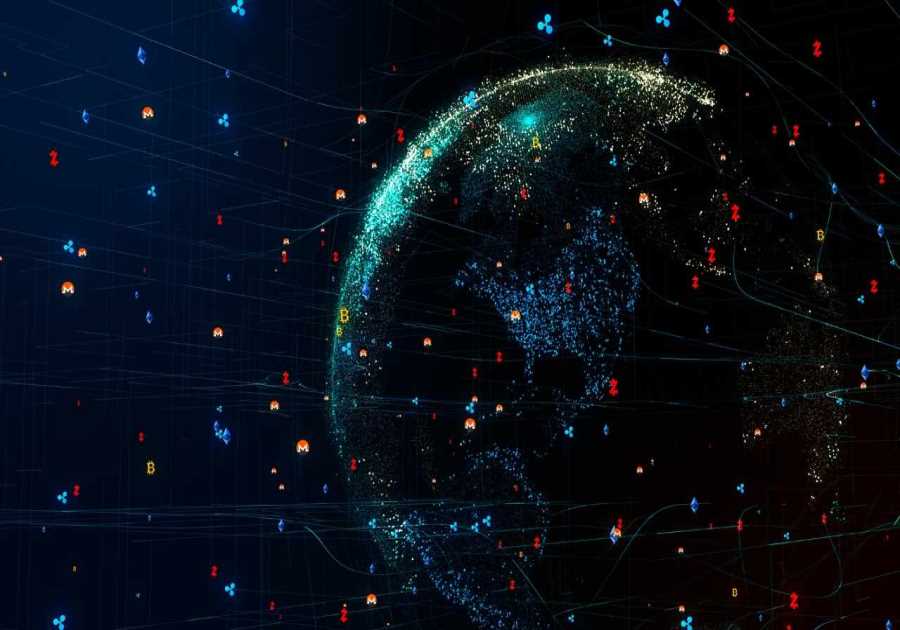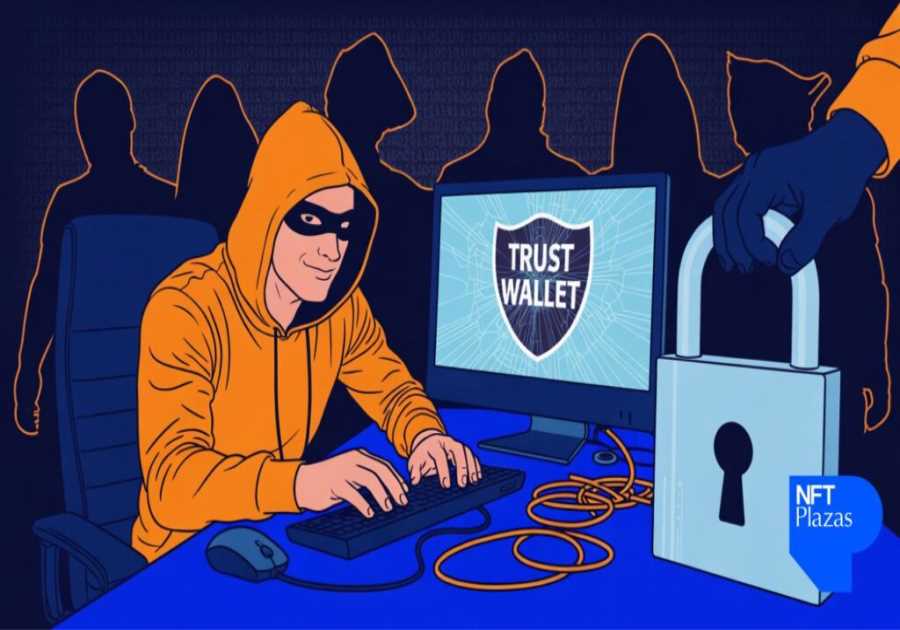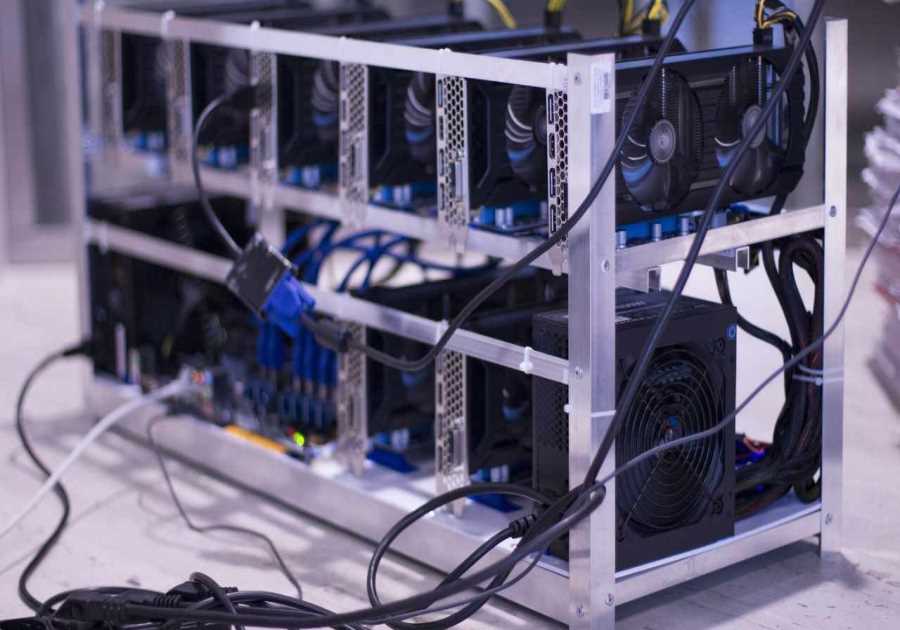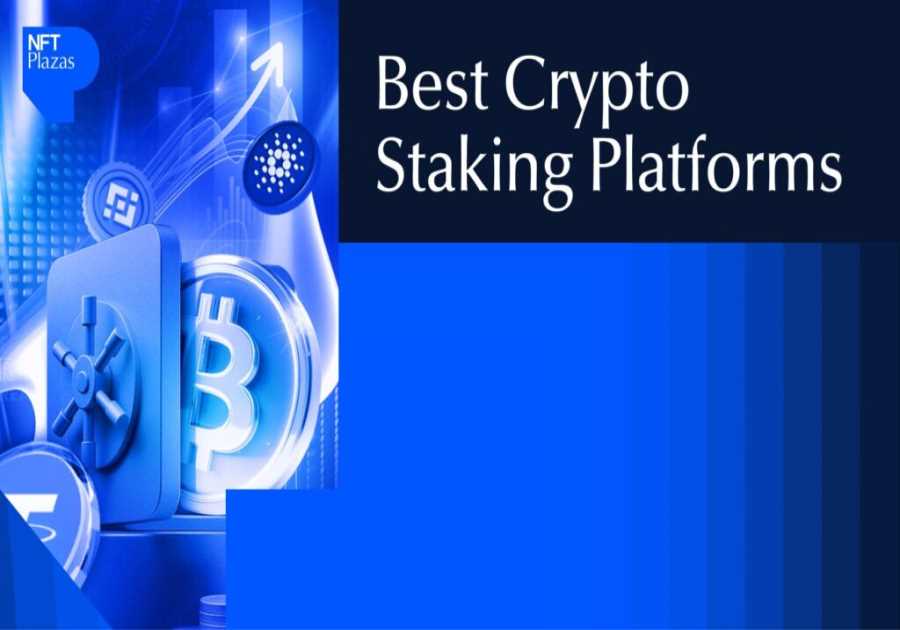The NFT space is changing, but not in the overt ways that those on the blockchain have become accustomed to. Instead of PFPs, open editions, and memecoins leading the charge into a new market phase, innovation is now happening by way of iteration at the token level.
While expansion and evolution over time are a given for the many novel technologies being built in Web3, often, advents fly under the radar until they’re ready to truly make an impact. But a slew of new token standards seems poised to change that. Here are the ones you need to know about.
ERC-6551
ERC-6551 is a new type of token standard first proposed in February 2023 that gives every ERC-721 token a smart contract account. These “token-bound accounts,” as they have been called, allow ERC-721 tokens (a standard of the NFT space) to own assets and interact with applications without requiring changes to existing ERC-721 smart contracts or infrastructure.
7⃣ You can make NFTs more non-fungible.
— beast.eth (@beast_eth) May 31, 2023
The first real example is Sapienz by @jeffstaple.
You can add different NFTs by Jeff into Sapienz's wallet, and they will be turned into different wearables and backgrounds.
The functionality already works on @opensea. pic.twitter.com/EGwhkzJEBu
Why ERC-6551?
— amp bura (
most ERC-721 are static and don't have much utility
users can now interact with dApps
instead of tracing back a wallet's history, you can now track an NFT's history
,
) mynameisamp.lens (@ampbura) June 1, 2023
Similar to how Coral’s Backpack wallet allows an xNFT to function like an app, ERC-6551 essentially turns an NFT itself into something akin to a backpack. Think of it as taking your PFP NFT and creating an account for it. And this account can do things like collect tokens and rewards, run processes, and message other accounts, all from the NFT itself rather than the wallet it is held in.
ERC-721C
ERC-721C, released in its “final” form in May 2023, is a new type of token standard created to effectively make on-chain royalties enforceable. In contrast with ERC-721 and ERC1155 — the most commonly created and traded type of NFTs — this new standard makes royalties programmable, allowing creators to block zero-fee exchanges from platforming their works once and for all.
This new standard was created by blockchain gaming company Limit Break to allow creators to set new rules for their royalties on-chain. Essentially, ERC-721C allows for the creation of a new type of customizable royalties contract that lets creators choose where their NFTs are sold and empowers them to filter interactions from only the contracts and applications of their choosing.
BRC-721E
BRC-721E, introduced in May 2023, is a new standard created to allow traders to turn Ethereum-based NFTs into Bitcoin NFTs. Created as a collaboration between Ordinals Market and Bitcoin Miladys, this simple protocol allows ERC-721 NFTs to migrate to Bitcoin individually without the need for a developer to inscribe an entire collection beforehand.
Time for a brand new protocol.
— kiwidream.eth (@kiwi_dream) May 29, 2023
Permissionless bridging from ETH to BTC
Instantly listed on marketplaces once inscribed
Cost efficient for large collections
From the minds of @OrdinalsMarket_ and @BitcoinMiladys
Introducing BRC-721E
pic.twitter.com/J50MagEVi3
The standard functions by encoding data directly into a burn transaction, meaning that when a user creates a BRC-721E, they, in turn, destroy the NFT of origin to receive a new Ordinals Inscription. The process also works for airdrops, and collections that bridge from ETH to BTC using BRC-721E will be automatically listed on Ordinals Market.
BRC-20
The Bitcoin Request for Comment 20 token, better known as BRC-20, is a token standard created in March 2023 by an anonymous developer that goes by the name of Domo. BRC-20 is quite similar to ERC-20, the Ethereum-based standard for fungible tokens. Yet, BRC-20 is unique in how it operates to give Bitcoin a more sophisticated NFT functionality.
In essence, BRC-20 is an experimental token standard that enables fungible tokens to be minted and traded via the Ordinals protocol on the Bitcoin blockchain. Notably, BRC-20 does not use smart contracts like other popular NFT standards but rather lets users store a script file on Bitcoin, using Ordinals to write JSON data to Satoshi (sats) — the atomic unit of Bitcoin.
SRC-20
SRC-20, also known as STAMPS (Secure Tradeable Art Maintained Securely), is a new standard on Bitcoin created in May 2023 by Stampchain. It was developed on the basis of BRC-20, with its significant difference being that while BRC-20 transactions are stored in witness data, SRC-20 transactions are stored in spendable data.
For the longest time, tokens on the bitcoin network required excessive effort as there was no good way to make them.
— Demetsh (@0xdemetsh) May 14, 2023
But this recent development by @Stampchain is a nice upgrade.
And as more people build on bitcoin, we will see better infrastructure!
6/8
Mint your own token:
STAMPS are immortal and unprunable art. Living on #Bitcoin. That's what brought us here. Not shitcoins. Mint what you whilst, but let stamps
— Bitcoin Stamps (Official)
be the rule of law. https://t.co/djrnffFzcE #artmatters #findtheothers #bitcoinart @alth0tas @al_fernandz @viva_la_vandal @adamamcbride pic.twitter.com/CpvL3NhnFG
(@Stampchain) May 25, 2023
Essentially, this means that it is theoretically possible for BRC-20 tokens and data to be removed from Bitcoin. But the same is not true with SRC-20, which gives this particular standard an extra layer of decentralization. STAMPS were inspired by and make use of the Counterparty minting protocol, which was used to launch the historic and highly coveted Rare Pepes collection.
The post 5 New Token Standards You Need to Know appeared first on nft now.
Read MoreBy: Langston Thomas
Title: 5 New Token Standards You Need to Know
Sourced From: nftnow.com/features/new-token-standards-you-need-to-know/
Published Date: Fri, 02 Jun 2023 18:06:46 +0000
----------------------------
Did you miss our previous article...
https://trendingincrypto.com/nft-news/red-bull-racing-makes-crypto-history-with-suinetwork-partnership
.png)







